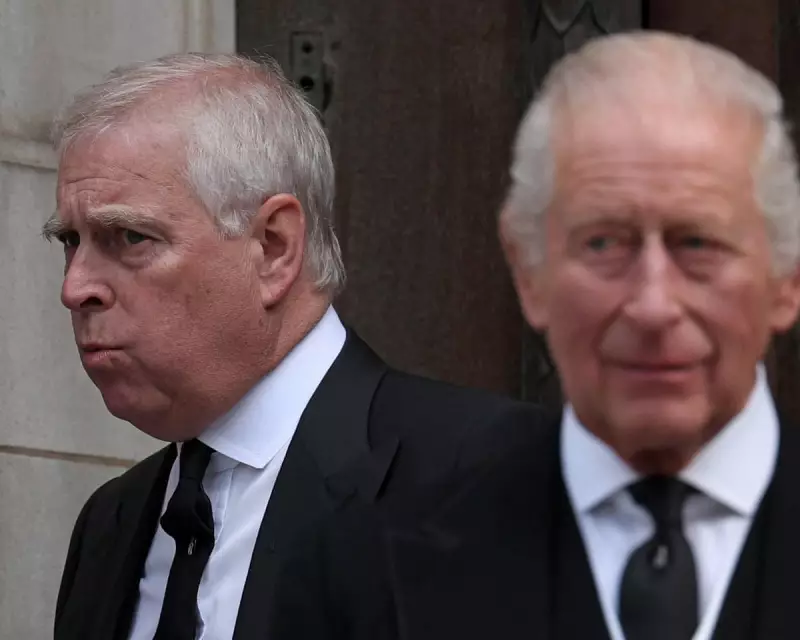
In a move that has sparked both curiosity and debate, Prince Andrew has officially registered as "Andrew Mountbatten-Windsor" in recent official documents, marking a significant departure from traditional royal protocol. This seemingly simple administrative change carries profound implications for the modern monarchy and its evolving public image.
The Significance Behind the Surname
The Mountbatten-Windsor surname, while technically available to descendants of Queen Elizabeth II who don't hold royal titles, represents more than just a name. It signals a potential shift toward a more approachable, less formal royal institution. Royal commentators suggest this could be part of a broader strategy to modernise the monarchy's public facing identity.
A Royal in Transition
Prince Andrew's adoption of the surname comes at a pivotal moment in his public life. Since stepping back from royal duties in 2020 following the Jeffrey Epstein scandal and subsequent legal settlements, the Duke of York has maintained a significantly lower public profile. This name change appears to reinforce his transition away from frontline royal responsibilities.
Historical Context of Royal Surnames
The Mountbatten-Windsor name itself has an interesting history. It was established in 1960 when Queen Elizabeth II and Prince Philip decided that their direct descendants who didn't carry royal titles would use this hyphenated surname. The name combines Prince Philip's adopted surname Mountbatten with the traditional Windsor name of the royal house.
Public Perception and Royal Branding
This development raises important questions about how the royal family manages its public image in the 21st century. The use of a conventional surname, even one as distinctive as Mountbatten-Windsor, could be seen as an attempt to appear more relatable to the British public at a time when support for the monarchy faces generational challenges.
What This Means for the Monarchy's Future
Royal experts suggest this move might signal several potential developments:
- A gradual shift toward a more informal royal presence
- Potential changes in how younger royals present themselves publicly
- An acknowledgment of the need for the institution to evolve with changing public expectations
- The possibility of more family members using surnames in official capacities
The Legal and Practical Implications
Beyond symbolism, the adoption of the Mountbatten-Windsor surname has practical consequences. It provides a clear legal identity for official documents, business dealings, and situations where a surname is required but royal titles might be inappropriate or cumbersome. This could prove particularly useful for family members pursuing careers outside traditional royal duties.
As the royal family continues to navigate its role in modern Britain, such seemingly small changes in protocol and presentation may well signal larger transformations to come. The story of "plain old Andrew Mountbatten-Windsor" serves as a fascinating case study in how ancient institutions adapt to contemporary expectations while maintaining their historical foundations.




